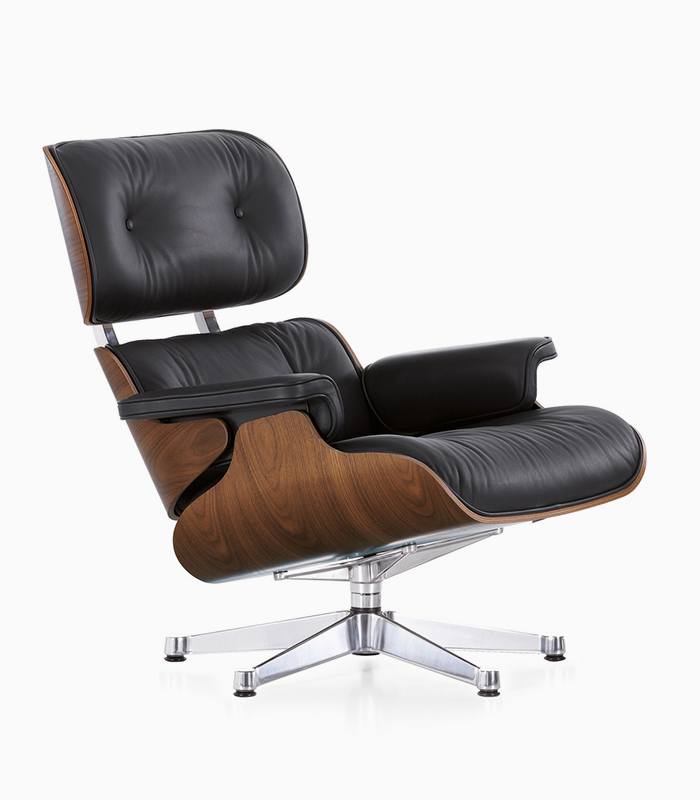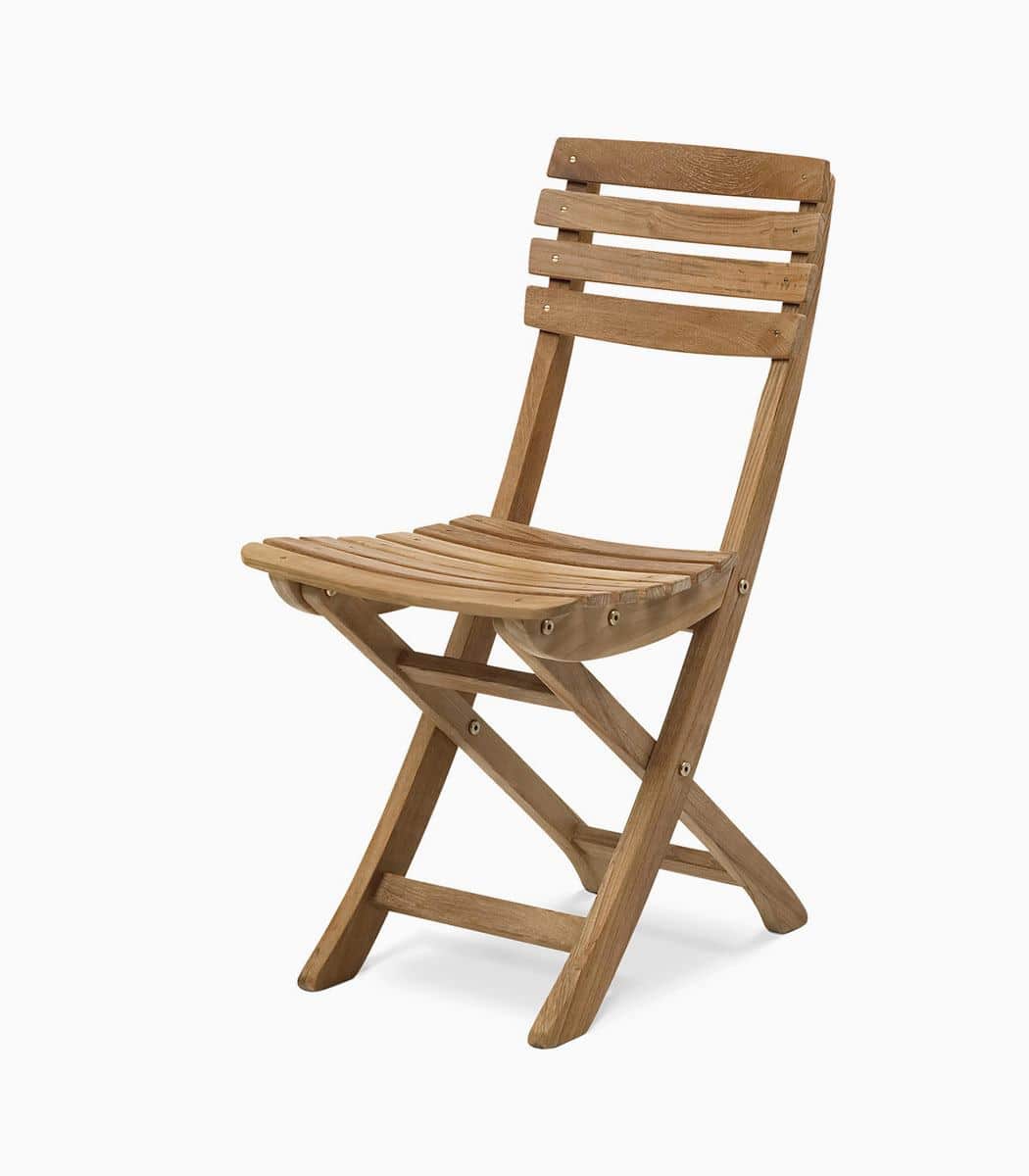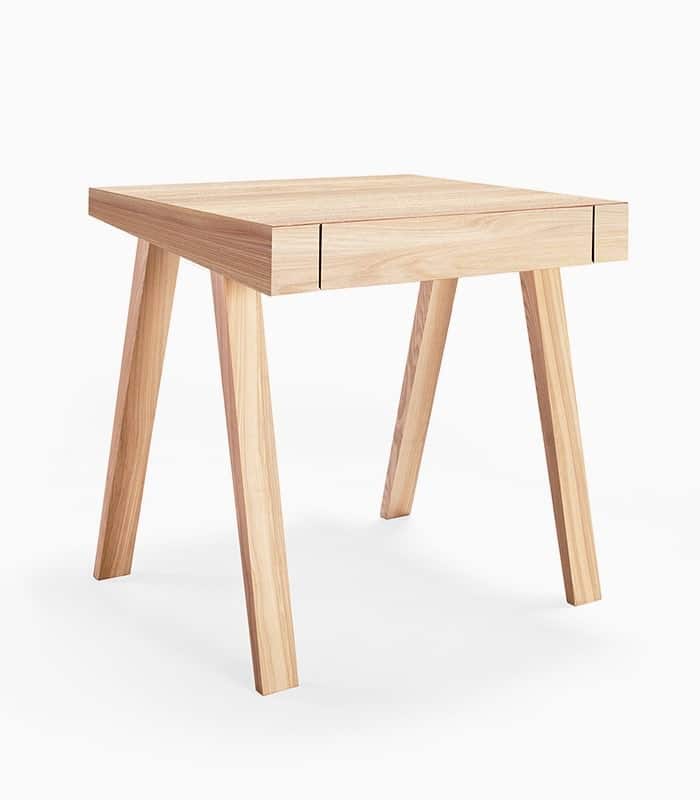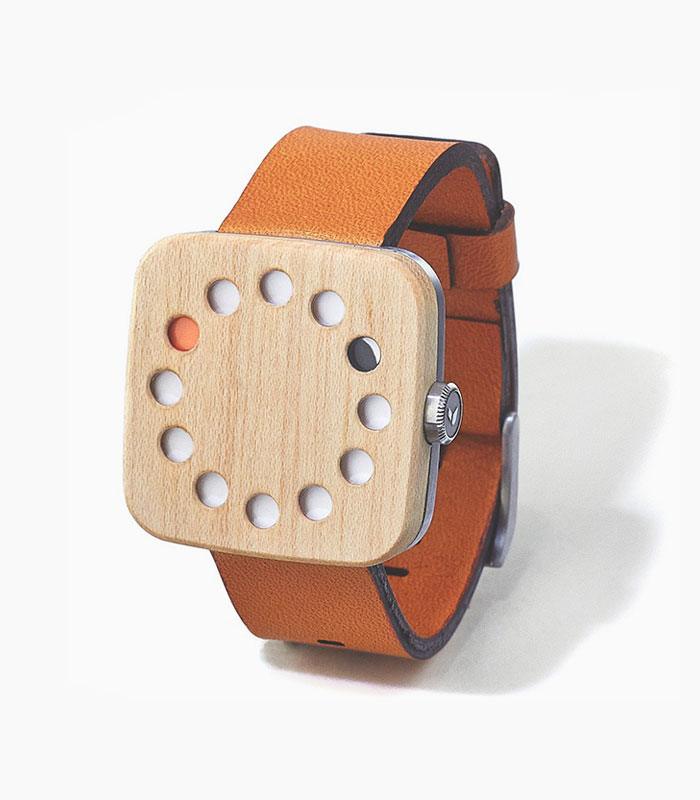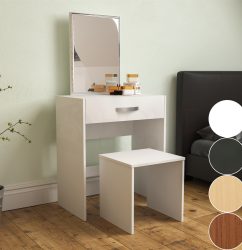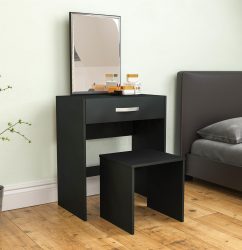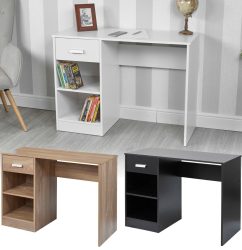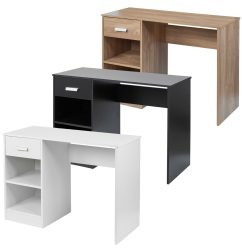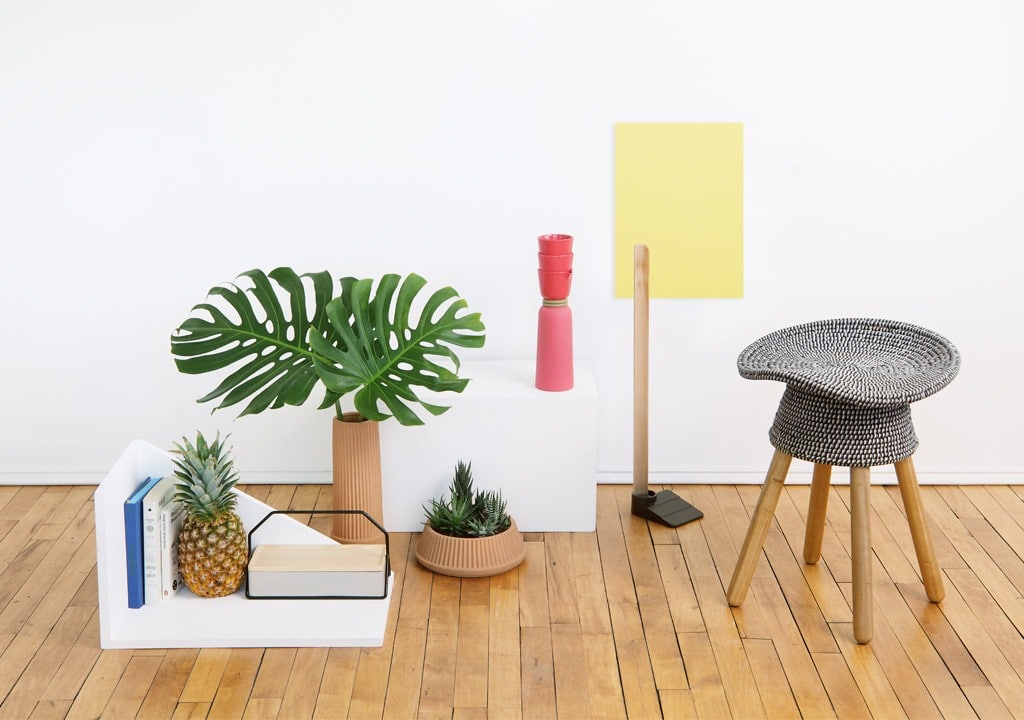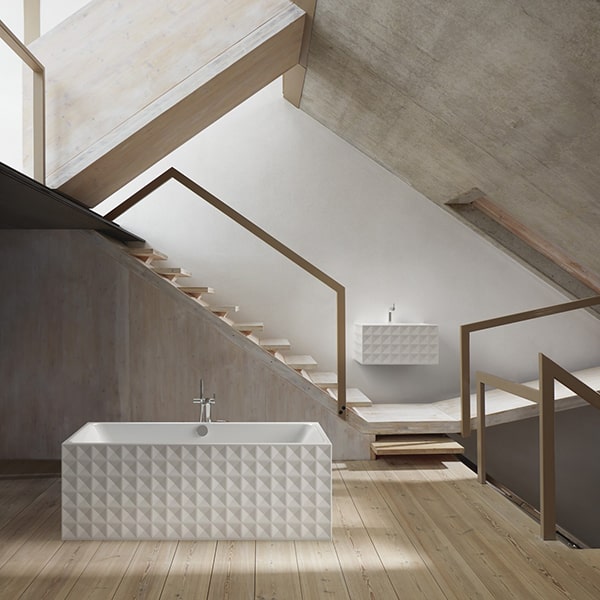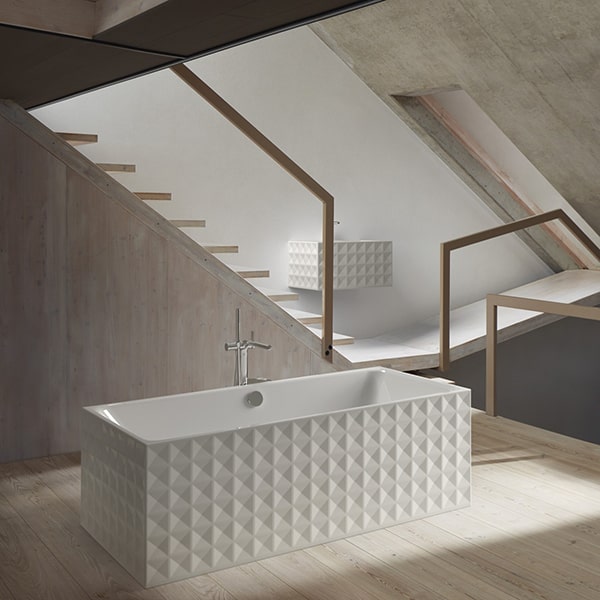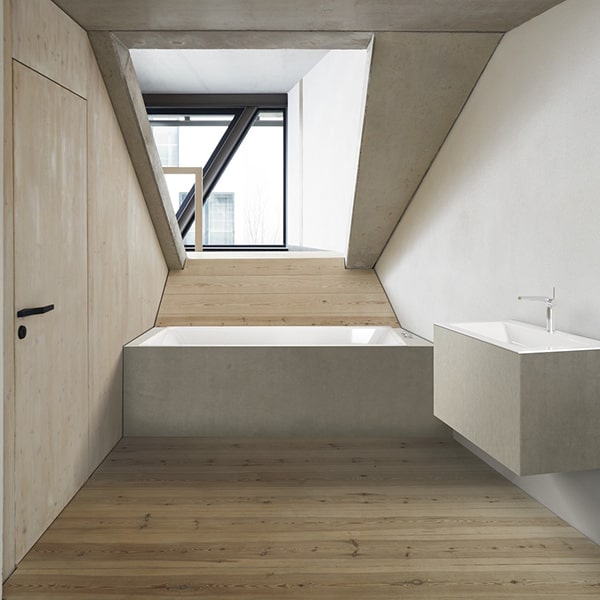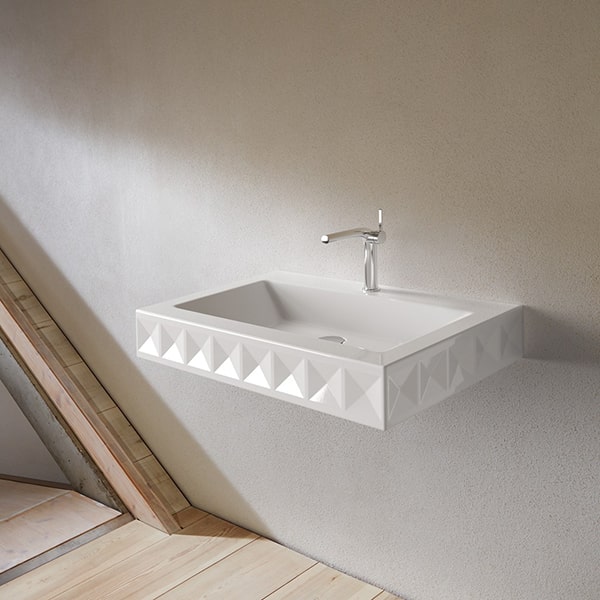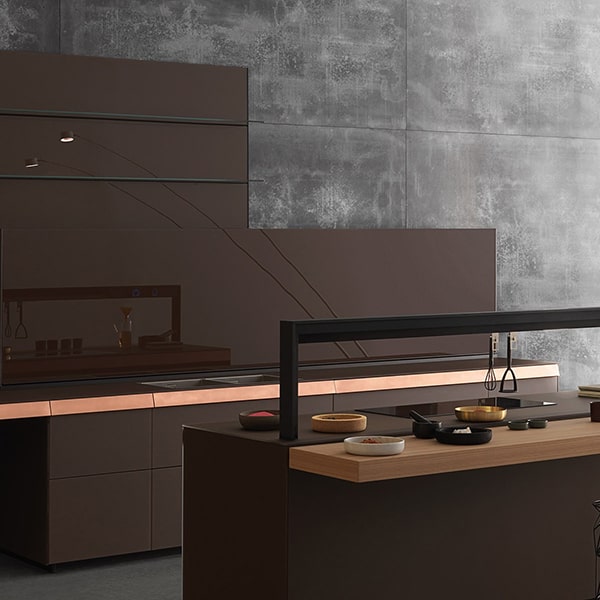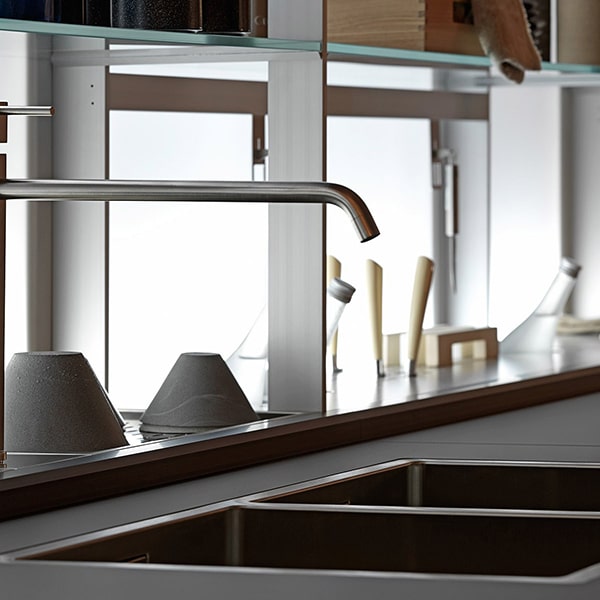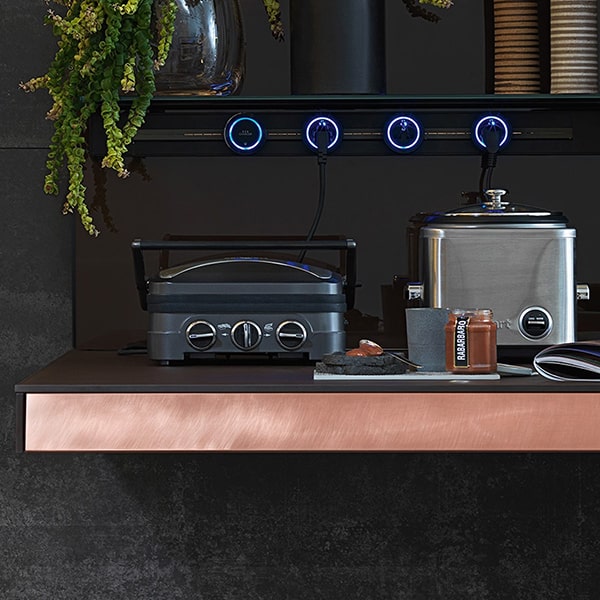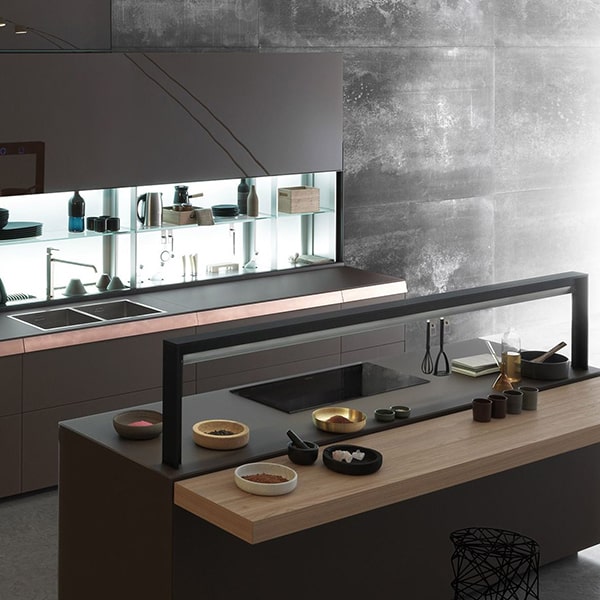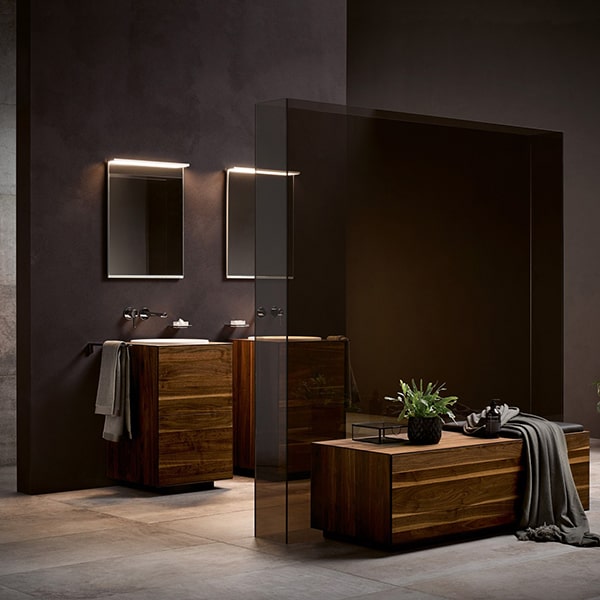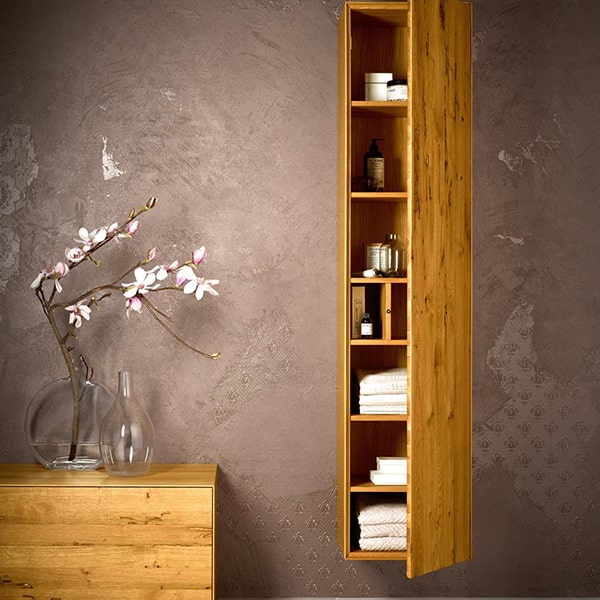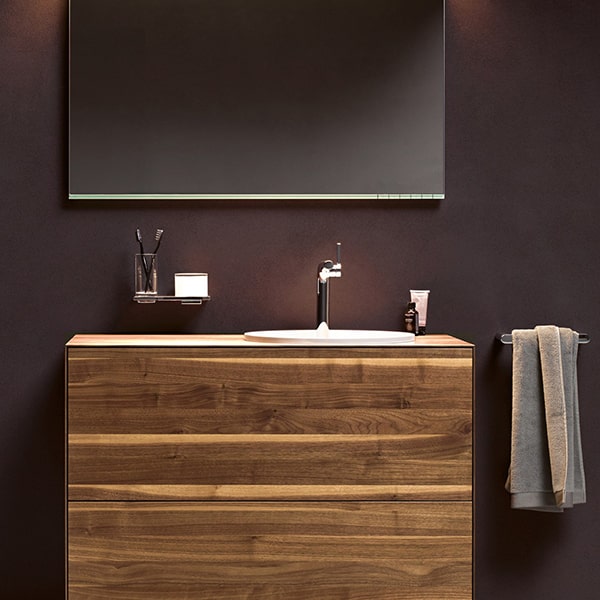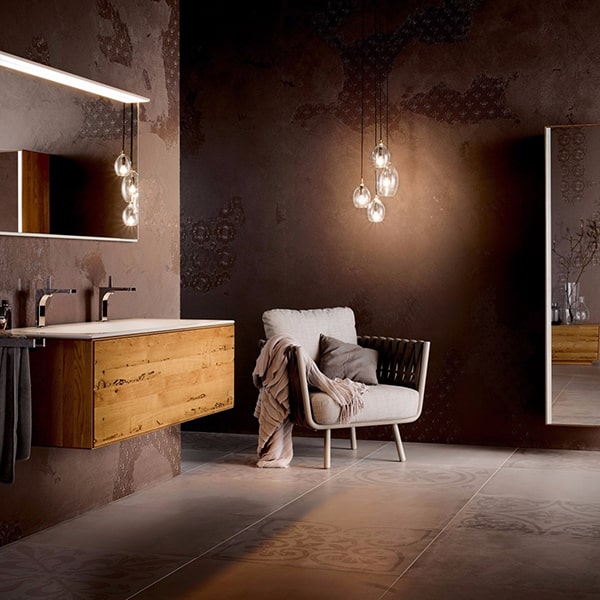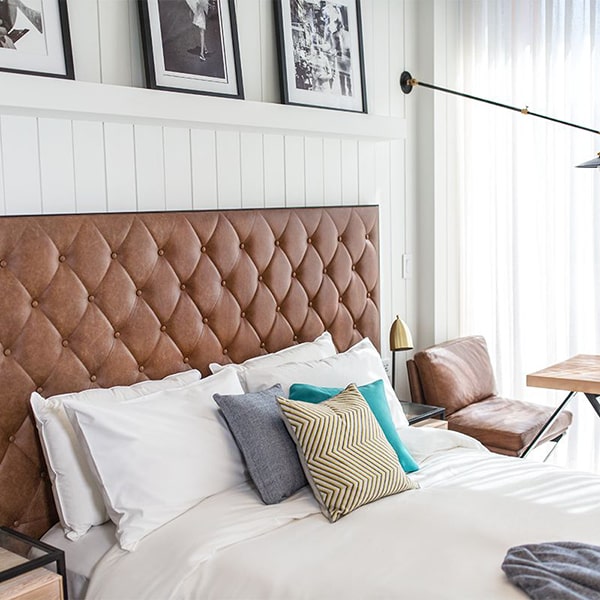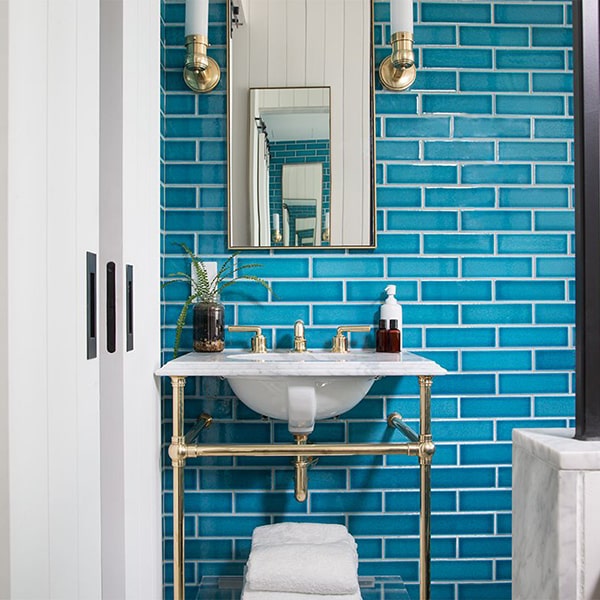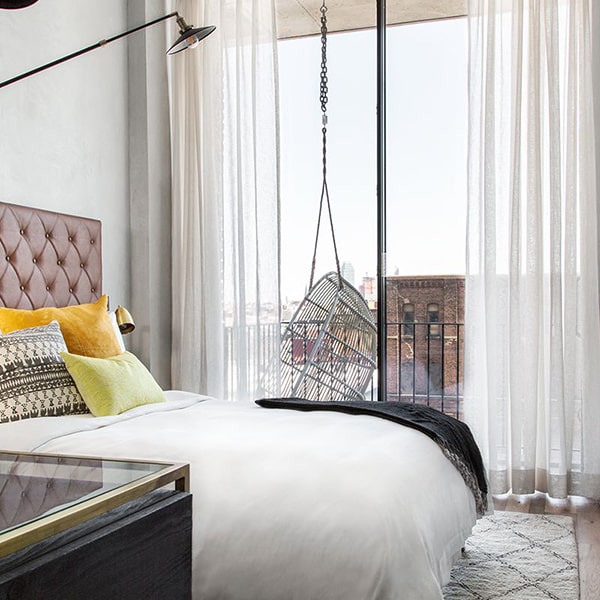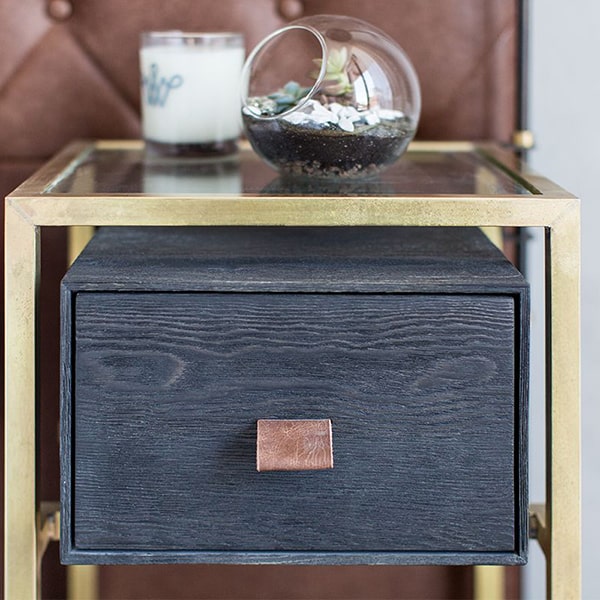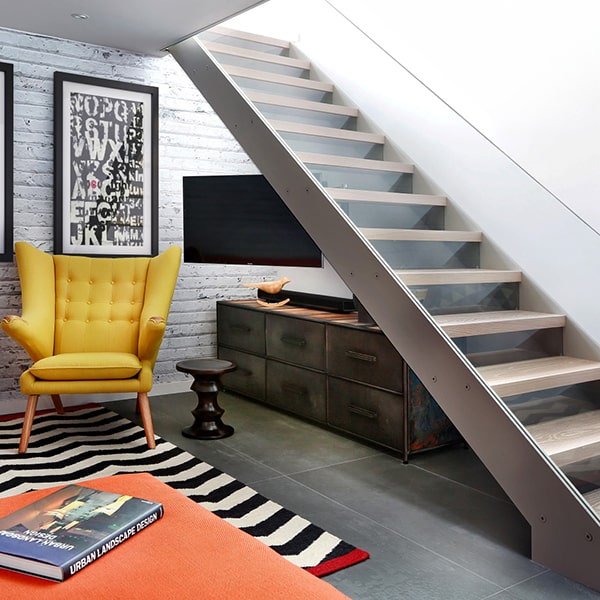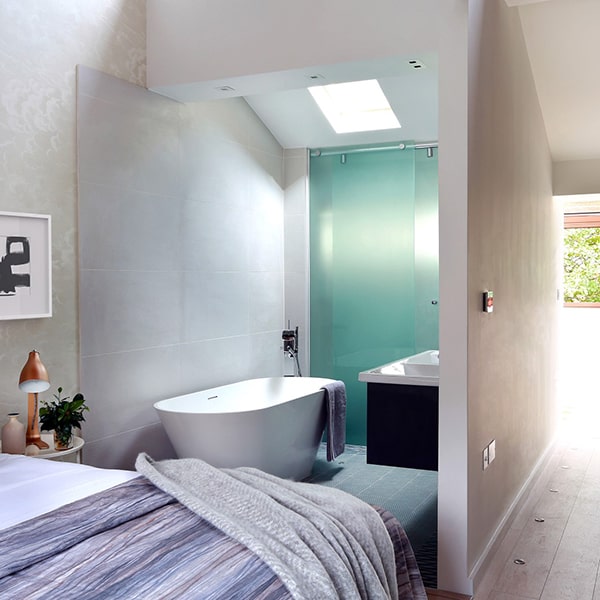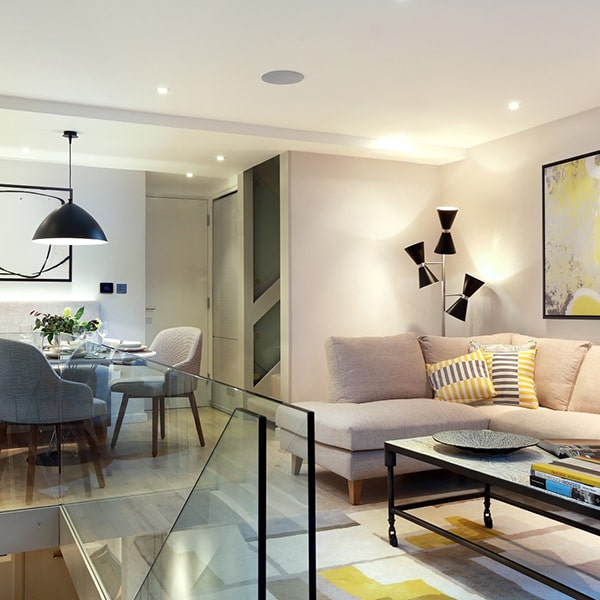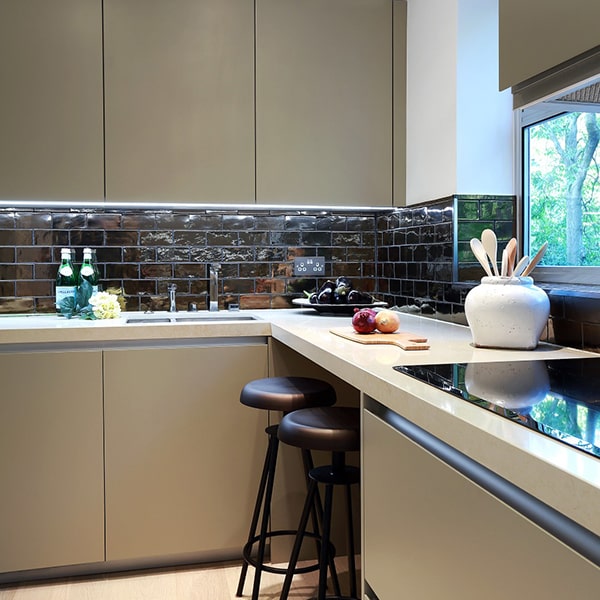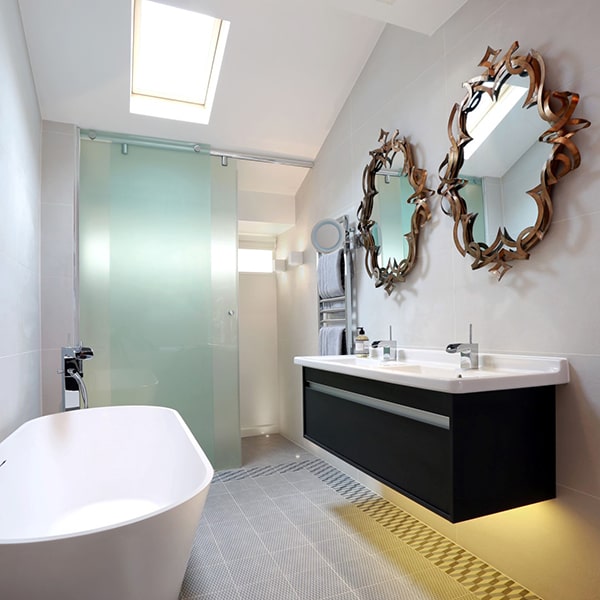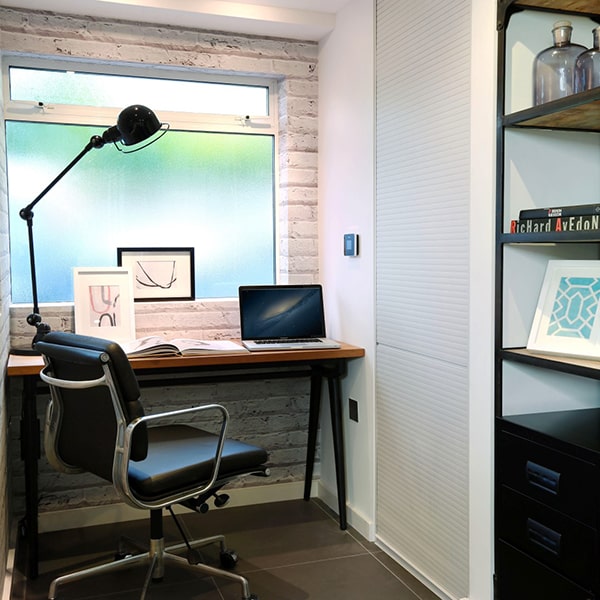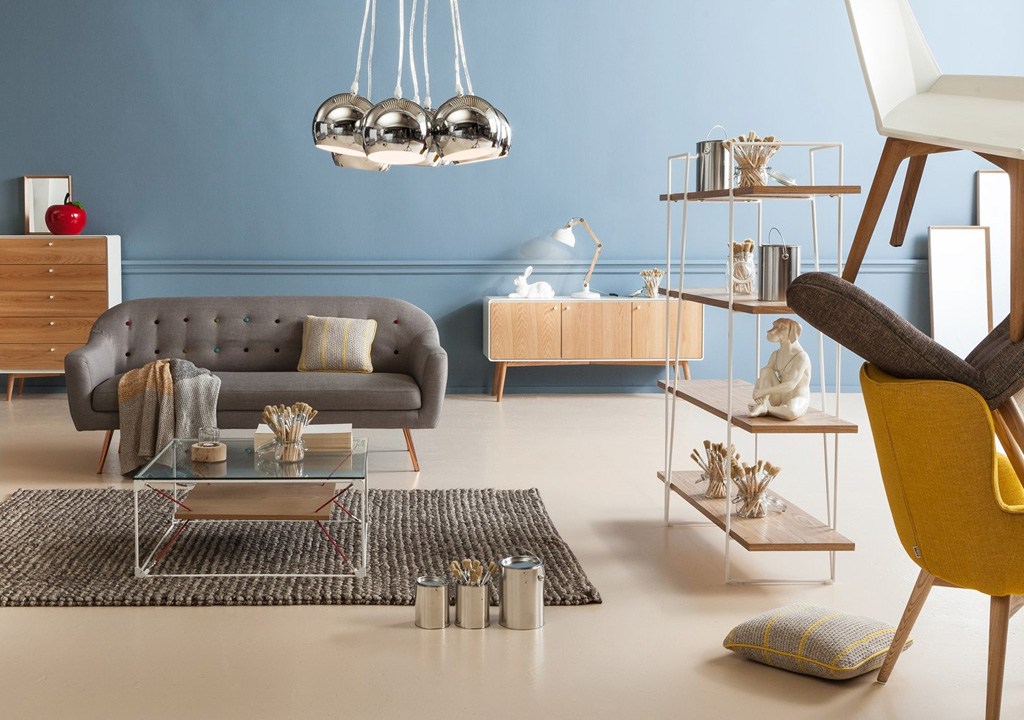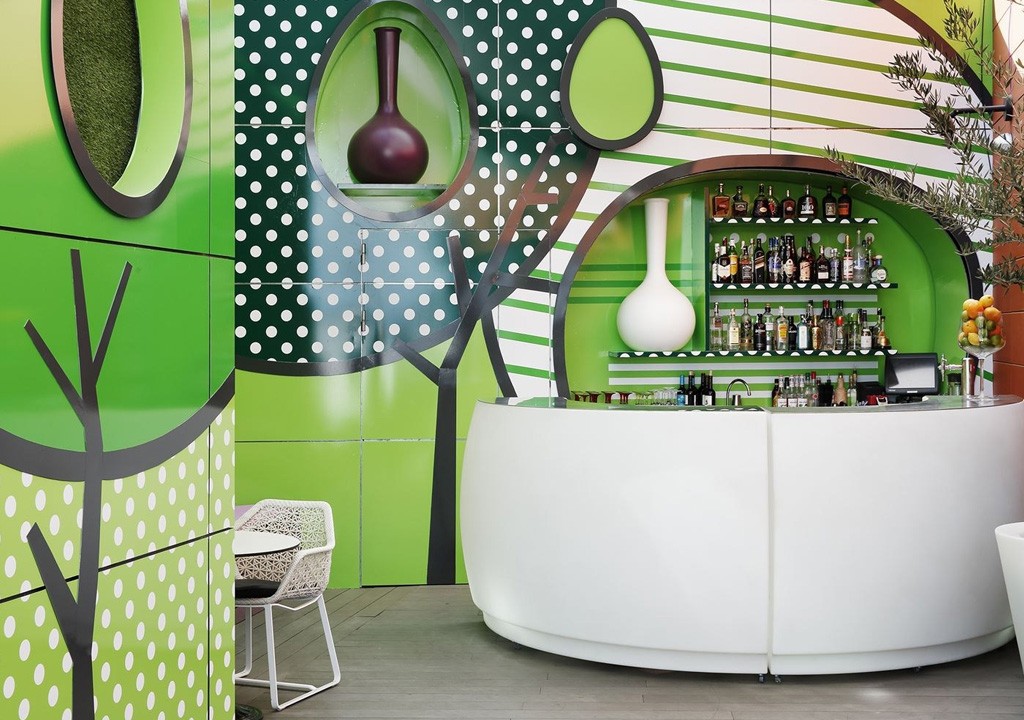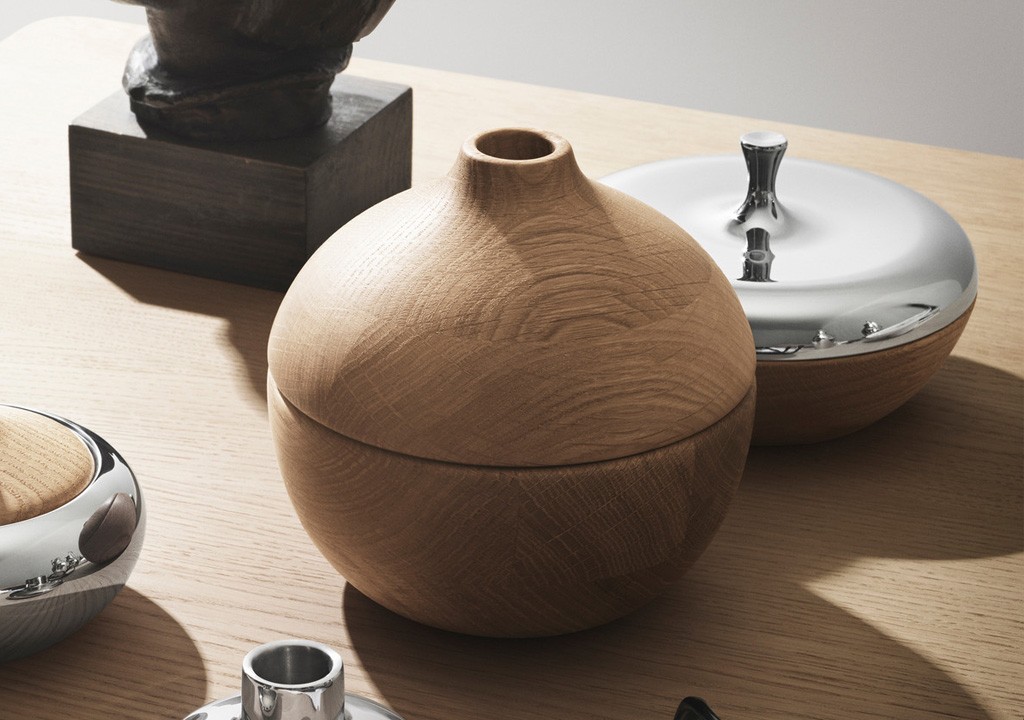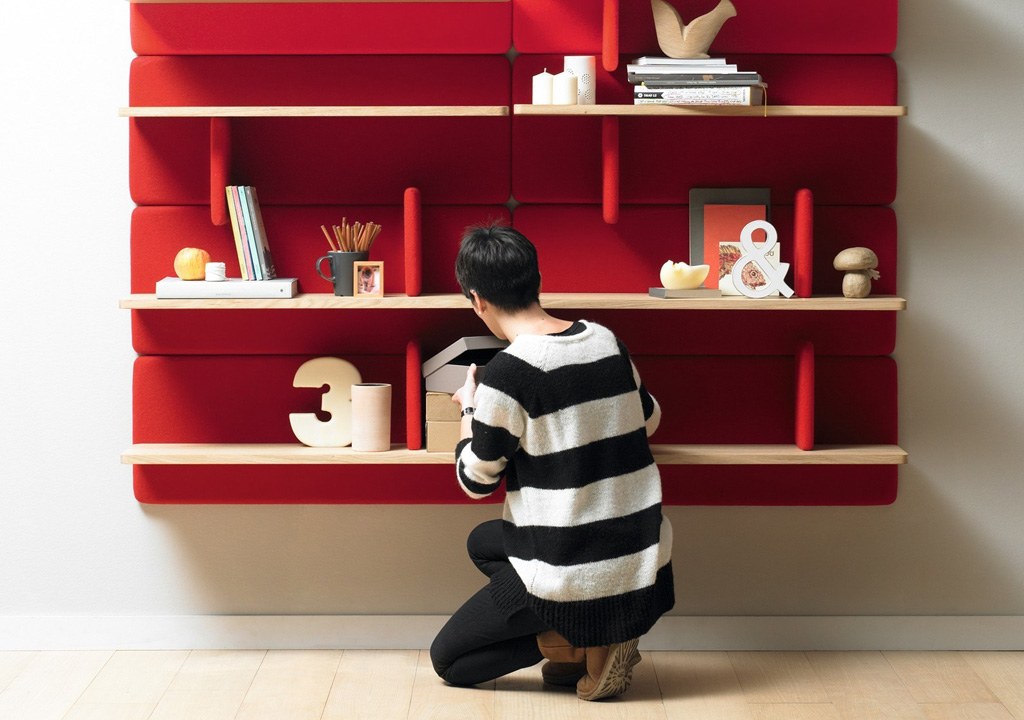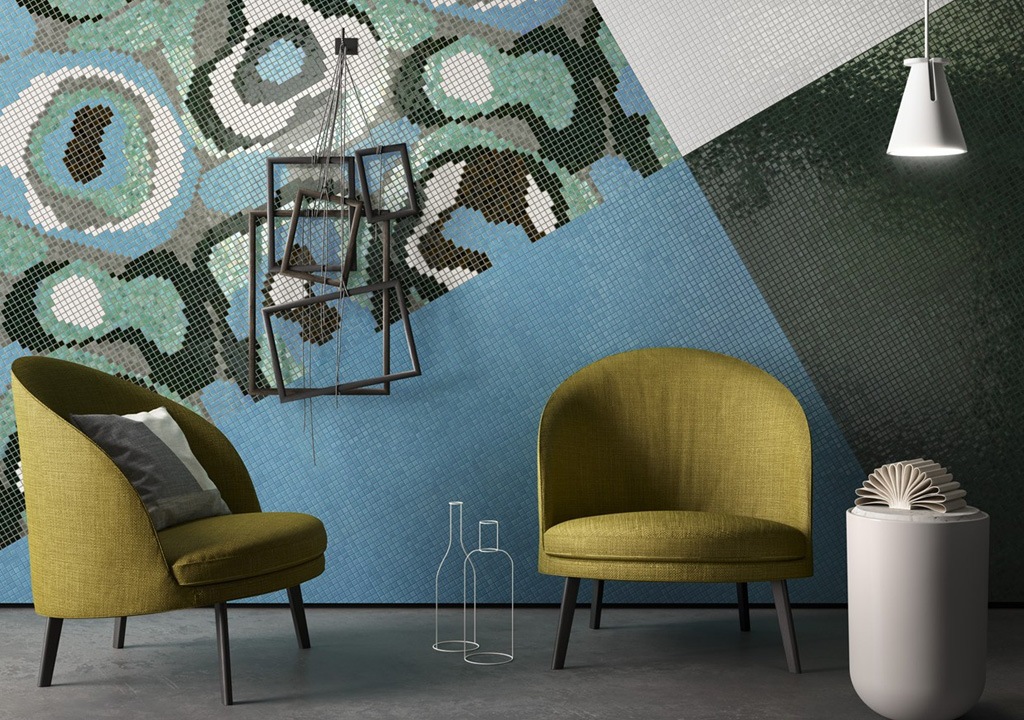Less is more when it comes to decorating a minimalist Japanese-inspired home. Embrace minimalism by choosing decor that serves a purpose, like this wood bed frame from Amazon or this custom sofa from Sofas and Stuff.
The concept of wabi-sabi—a world view that embraces beauty in imperfection—is central to minimalist Japanese home design. Add elements of this style with decor like this koi fish mural from Photowall.
Bathroom Design Ideas
Modern Japanese design is based on the principle that less is more. It combines elements of minimalist Scandinavian styles with natural materials and neutral colors to create spaces that are balanced and aesthetically pleasing. You can bring this style to your bathroom by using natural accents, sleek furniture and a neutral color palette.
Minimalist Japanese designs prioritize clean lines and simple shapes to create rooms that are spacious, open, and uncluttered. They also aim to achieve a balance between open spaces and cozy nooks to create comfortable, relaxing spaces that feel like home.
For example, you can use wood and stone to connect your bathroom to nature. The warm colors of natural wood and stone blend well with the cool neutrals of Japandi, while adding texture to your room. You can also add natural light to help evoke a sense of calm. The indirect lighting in this bathroom gives a soft glow that doesn’t reflect harshly off of the reflective surfaces.
Another way to connect your bathroom to the outdoors is to use greenery, such as a simple indoor plant or a potted bonsai tree. This is a common practice in Scandinavian homes and celebrates the concept of hygge, which emphasizes comfort and coziness. You can even create a zen-like atmosphere with a waterfall feature or other water features in your bathroom.
Another way to capture the spirit of a Japanese bathroom is by using neutral tile with subtle shades. This echoes the natural vibrancy of the outdoors and creates a modern look that’s both sleek and elegant. For example, you can achieve a calming bathroom with Mallorca Green 4x4 tiles that showcase earthy tones and square edges for a clean silhouette.
Kitchen Countertops
Introducing a sleek wood island countertop into your kitchen creates a distinct Japanese look. Choose a pale natural wood with less redness for the top, and coordinate with shoji-inspired cabinet screens to allow natural light to filter through, helping establish the serene ambiance of Japanese style.
Like Scandi minimalism, Japanese style is all about functionality and clean lines. To achieve this look, limit the number of appliances and storage solutions in your kitchen, and keep counters clear to maintain a calming aesthetic. Smart kitchen organization is essential, so think about installing sliding drawers or hidden cabinetry to help you stay clutter-free.
A clean color palette with subtle shades of white and earthy browns can be a great way to introduce a Japanese look into your kitchen. Look for neutrals that aren't too stark or bright, and consider incorporating natural inspirations like woods, stones and subdued greens.
One thing that distinguishes the Japanese style is a concept called wabi sabi, which is all about celebrating the beauty of things that are rough and imperfect. So, if you want to add a touch of the exotic to your kitchen, choose textured elements that showcase this style, like tatami mats, which are often hung on walls in Japandi homes.
Adding traditional elements also helps establish a Japanese style, and these can add an interesting contrast to the crisp lines of minimalist furniture. For example, hang a tatami screen on the wall to serve as a decorative piece and create a cozy space for tea-making rituals. Or, pair a low-height wood table with a cast iron teapot and bamboo plant pots to host your inner ikebana artist. Finally, tuck some traditional paper lanterns into the corner of your kitchen to evoke the style.
Ideal Cabinets
Ideal cabinets embrace Japanese design principles by incorporating natural materials, clean lines and an uncluttered look. Wood is a key element in this style, as are natural stones like marble and granite for floors and countertops. Minimalist Japanese decor also focuses on texture, with elements like woven sisal and jute adding warmth to the clean line furniture.
Like Scandi minimalism, Japanese minimalist style values clean lines and premium materials. However, two concepts set Japandi apart: hygge, the Danish word for cozy comfort, and wabi sabi, the concept of finding beauty in something imperfect. This is especially evident in the way wooden furniture is constructed: a lot of time and effort goes into making sure that two pieces of wood appear to be one, rather than an assembly job.
The best colors for a minimal Japanese-inspired home are white and all shades of gray, bringing the concept of lightness into your space. Wood furniture that is oiled or left in its natural state are an excellent choice, as they emphasize the beauty of the timber.
Bringing Japanese design into the kitchen also means embracing the concept of multifunctionality. A kotatsu table is a great example: It can be used for eating, working or relaxing and is low to the ground. The tabletop can be raised and lowered to accommodate different needs and offers plenty of storage for books, plates, napkins and utensils.
Another way to incorporate Japanese-inspired designs into your kitchen is by using a washed linen tablecloth. This fabric evokes the feeling of a calming sanctuary while still offering an elegant backdrop for family meals. It's also the perfect addition to a minimalist Japanese home, as it reflects wabi sabi by allowing for small imperfections that show signs of age and use.
Bedroom Ideas
Japanese minimalism is a serene style that looks beautiful in bedrooms. To bring it to your own home, focus on clean lines and natural materials. You might also want to decorate the bedroom with Japanese-style bedding and other accessories to create an elegant look. You can find plenty of options at your local home store or online. The best part about this type of interior is that it can work with any style of bedroom furniture, even if you have a unique bed or headboard. Here are some ideas to help you get started.
The first step is to make sure the room is open and bright. Use natural light as much as possible, and consider putting in skylights or large windows. You can also hang curtains or shoji screens to add privacy and a traditional feel to the room. Shoji screens feature wood frames with translucent rice paper, and they can fit well in any style of decor. Curtains, on the other hand, are more classic and can match any design.
Another important aspect of the minimalist Japanese style is to keep the room uncluttered. This includes getting rid of any clutter on your floor, including shoes and clothing. Keeping the room tidy will encourage relaxation and improve the flow of energy in the room.
To achieve the look, you can add wooden accents to your bedroom, such as woven baskets or wooden trays. These accents will add texture and warmth to the space, which is essential for a peaceful sleep. You can also add some natural colors to the room, such as shades of green and brown. Avoid any extremely bold or neon colors, however, as these will detract from the minimalist look.
Furniture Styles
The furniture you choose for your home should be functional and life-enhancing. Look for wood pieces that showcase traditional craftsmanship, clean lines and minimal styling. Add a touch of Japanese style to your living space by pairing wood tables with low-height seating like tatami mats or sofa sets that sit close to the ground. Add in some bamboo accents to create an elegant Japanese interior design, and use natural lighting to brighten up your home.
Many people with dual-cultural heritage find that they can incorporate both elements of Scandinavian and Japanese styles into their homes, creating a unique design that is called “Japandi.” This emerging trend takes the sleek lines of Scandanavian mid-century modernism and blends them with the Japanese aesthetic of minimalism and function. The result is a warm minimalism that is soothing and inviting.
Minimalist Japanese-Inspired Furniture is perfect for those who want to embrace the Japanese concept of wabi-sabi and the Danish notion of hygge. This style is a great choice for anyone who wants to achieve a balanced lifestyle that emphasizes health and wellness. Minimalist Japanese-Inspired Furniture also incorporates many of the same motifs as Nordic design, such as organic shapes and natural materials.
When designing a room in this style, it’s important to include a few bold accessories to keep the space from feeling too bland or cold. A standout light fixture, a few decorative items and a statement plant or vase can all make a dramatic impact on a room. These statement pieces should be complemented by other Japandi features, such as wooden furniture with a matte finish and natural textures. This will allow the beauty of these statement pieces to shine through while still maintaining a minimalist aesthetic.





